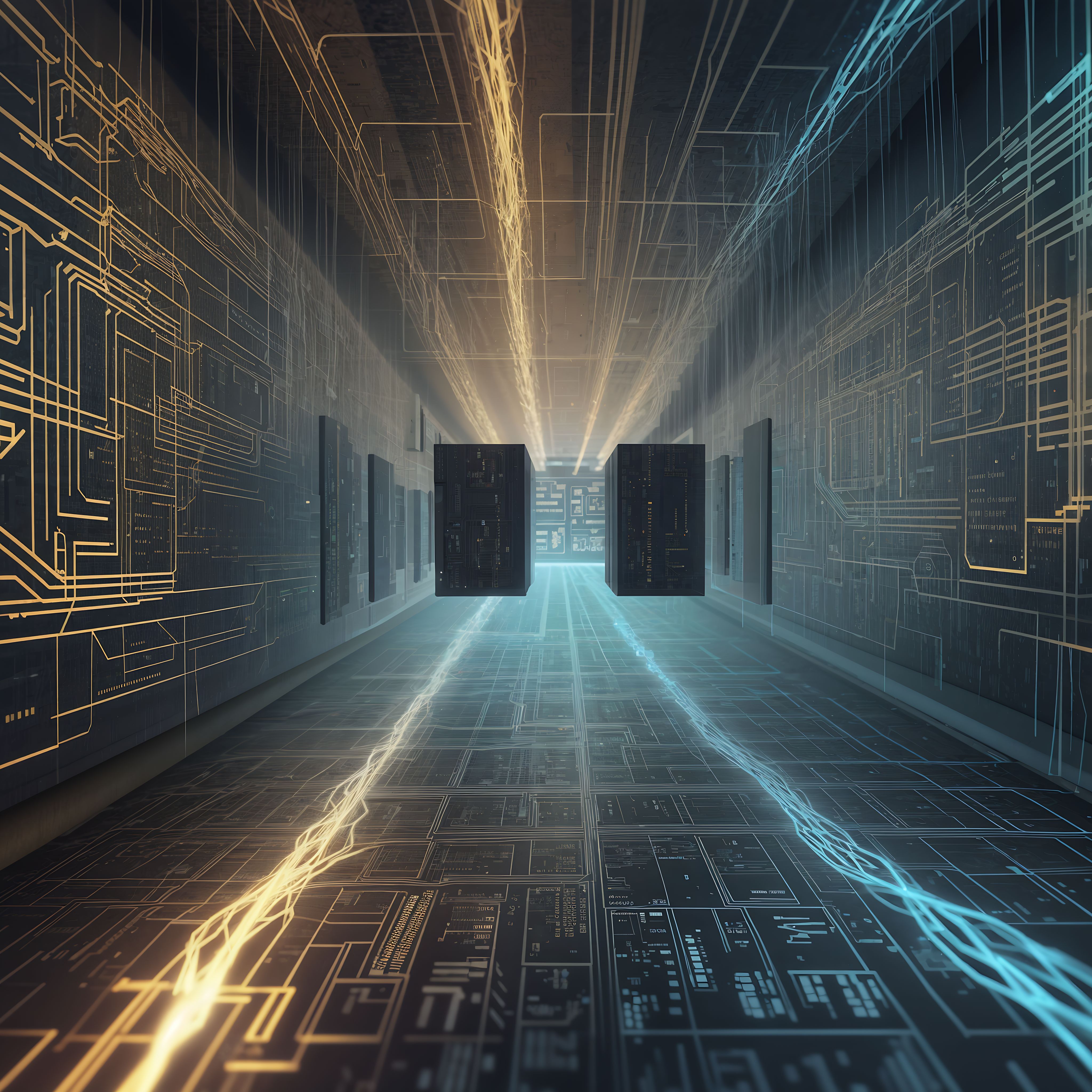The Rising Threat of Cyberwarfare: A New Era of Conflict
 sansquare
sansquare
Cyberwarfare has emerged as a significant and evolving threat in the 21st century, with nation-states, hacktivist groups, and criminal organizations increasingly leveraging cyberattacks as a potent weapon. These attacks can disrupt critical infrastructure, steal sensitive information, and even influence geopolitical events.
Evolving Tactics and Expanding Impact
The nature of cyberwarfare is constantly changing, becoming more sophisticated and targeted. Recent attacks have exploited vulnerabilities in software, hardware, and human behavior to achieve their goals. The impact of these attacks can be devastating, affecting not only digital systems but also the physical world.
For example, the 2021 Colonial Pipeline ransomware attack disrupted fuel supplies in the southeastern United States, highlighting the vulnerability of critical infrastructure to cyber threats. Similarly, the NotPetya attack, attributed to Russia, caused billions of dollars in damage to businesses worldwide in 2017.
State-Sponsored Attacks and Geopolitical Tensions
State-sponsored cyberattacks are a particular concern due to their potential for widespread disruption and their geopolitical implications. The SolarWinds hack, attributed to Russia, compromised numerous U.S. government agencies and private companies, demonstrating the willingness of nation-states to use cyberattacks to achieve strategic objectives.
Cyberattacks have also been used to influence elections, spread disinformation, and undermine trust in democratic institutions. These actions can have far-reaching consequences for international relations and global stability.
The Challenge of Attribution and Deterrence
One of the biggest challenges in addressing cyberwarfare is attribution – determining the source of an attack. This difficulty often leads to a lack of accountability and can escalate tensions between nations. Deterrence is also a challenge, as the potential consequences of a cyberattack may not be as clear-cut as those of a traditional military attack.
A Coordinated Response is Essential
The rising threat of cyberwarfare demands a coordinated and multifaceted response from governments, international organizations, and the private sector. Key areas for action include:
Strengthening Cybersecurity: This involves investing in robust cybersecurity measures to protect critical infrastructure, government systems, and private businesses. Improving Attribution: Developing better tools and techniques to identify the perpetrators of cyberattacks and hold them accountable is crucial. Developing International Norms: Establishing clear rules of engagement for cyberspace and deterring reckless behavior through diplomacy and sanctions can help to mitigate the risk of escalation. Enhancing Public-Private Partnerships: Fostering collaboration between governments and the private sector is essential for sharing information, expertise, and resources to combat cyber threats effectively. The Future of Cyberwarfare
The battle against cyberwarfare is ongoing and ever-evolving. As technology continues to advance, so too will the tactics and capabilities of cyber attackers. It is imperative that governments, organizations, and individuals remain vigilant and adapt their defenses accordingly.
The stakes are high. The potential consequences of a major cyberattack could be catastrophic, disrupting economies, undermining social stability, and even leading to loss of life. By working together to strengthen our defenses and deter aggression, we can build a more secure and resilient cyberspace for all.
Subscribe to my newsletter
Read articles from sansquare directly inside your inbox. Subscribe to the newsletter, and don't miss out.
Written by
